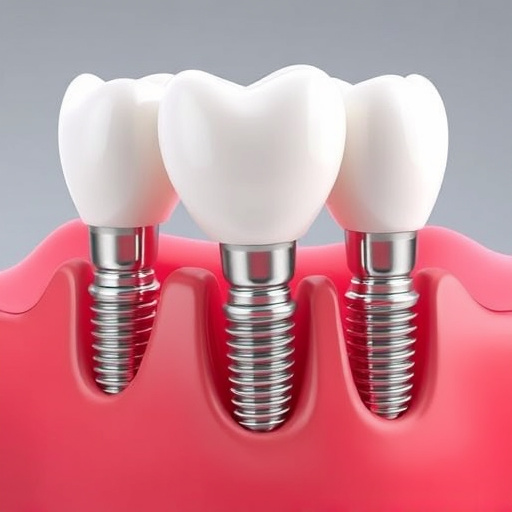A well-designed medical website design is essential for healthcare institutions in Fort Lauderdale to meet patient expectations in the digital age. Key features include intuitive navigation, clear call-to-actions, high-quality visuals, and local SEO strategies to enhance accessibility, visibility, and user experience. Interactive elements, regular updates, and convenient features foster engagement, patient satisfaction, and loyalty.
In today’s digital age, patient retention is as crucial as ever for healthcare providers. A well-designed medical website serves as a vital tool to meet evolving patient expectations. This article explores how strategic medical website design can enhance engagement and retention through understanding user needs, implementing key design elements, and employing targeted strategies. Discover the essential components that transform your online presence into a powerful asset in fostering lasting patient relationships.
- Understanding Patient Expectations in Digital Age
- Key Elements of Effective Medical Website Design
- Strategies to Improve Engagement and Retention
Understanding Patient Expectations in Digital Age

In today’s digital age, patients have come to expect seamless and intuitive interactions with healthcare providers through their websites. A well-designed medical website acts as a crucial touchpoint, shaping patient expectations and experiences from the moment they begin their online journey. The shift towards digital health services has elevated the importance of user-centric design, where clear navigation, easy access to information, and responsive interfaces are no longer optional but essential. Patients seek convenience, transparency, and personalized interactions, expecting healthcare websites to mirror the quality and efficiency of the services offered offline.
Understanding these evolving expectations is vital for healthcare institutions looking to retain patients in a competitive market. A medical website design agency can play a pivotal role by conducting thorough SEO audit services to ensure search engine optimization aligns with patient search patterns. By optimizing website speed, which is a critical factor influencing user experience and retention rates, agencies contribute to creating a positive digital environment. Effective website design strategies not only attract visitors but also foster trust, encouraging patients to engage actively with healthcare services, ultimately leading to improved patient satisfaction and loyalty.
Key Elements of Effective Medical Website Design

A well-designed medical website is a powerful tool to enhance patient retention and engagement. Key elements include intuitive navigation, clear call-to-actions (CTAs), and high-quality visual content that establishes trust and reinforces your brand’s image. A seamless user experience, optimized for mobile devices, ensures accessibility and encourages patients to return for future services, strengthening their connection with your healthcare practice.
Incorporating local SEO strategies like incorporating relevant keywords (e.g., medical website design, SEO services near me) and optimizing meta descriptions can boost online visibility among local searchers. Partnering with a skilled website designer Davie FL who understands medical industries ensures your site not only captivates users but also aligns with vital local SEO requirements, driving more qualified traffic from your community.
Strategies to Improve Engagement and Retention

In today’s digital age, a well-designed medical website is more than just an online presence; it’s a powerful tool for patient engagement and retention. Medical websites should be tailored to cater to patients’ specific needs, offering easy navigation, clear communication, and relevant health resources. Implementing local SEO Fort Lauderdale strategies ensures that potential patients in the area can easily discover your practice online. Optimizing your website speed is also crucial; fast-loading pages enhance user experience and improve conversion rates.
Interactive elements, such as patient testimonials, FAQ sections, and blog posts addressing common health concerns, encourage visitors to engage actively with your content. Regularly updating your website with fresh, valuable information establishes your practice as an authority in the medical field. Additionally, seamless integration of contact forms, appointment scheduling tools, and secure patient portals fosters convenience and encourages repeat visits, ultimately bolstering patient retention.
Medical website design plays a pivotal role in patient retention, aligning digital experiences with evolving expectations. By integrating key elements like intuitive navigation, high-quality content, and seamless accessibility, healthcare providers can foster engagement and build stronger patient relationships. Implementing strategic design principles ensures that patients not only find information readily but also feel valued and connected to their care journey, ultimately enhancing retention rates. Effective medical website design is a powerful tool to bridge the gap between digital access and personalized patient care.














